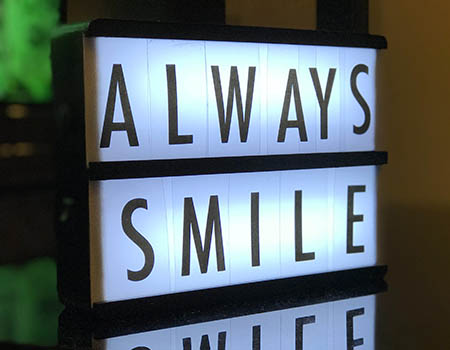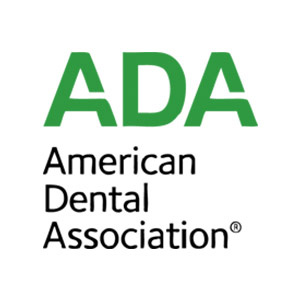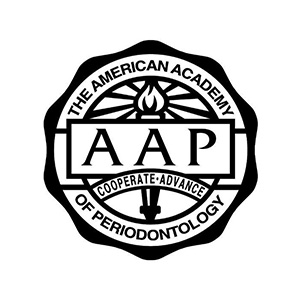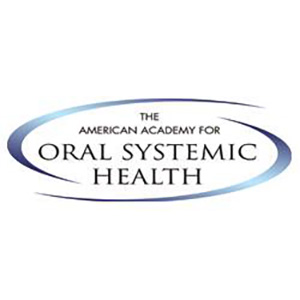
Frequently Asked Questions
If you have questions about your first appointment at our West Michigan office or you’re looking for more information about oral health, this page will serve as a valuable resource. We encourage you to bookmark it and reference it when needed.
First Appointmenů FAQs
Should I arrive early for my first appointment?
Yes, please! We recommend arriving 10 to 15 minutes before your appoinůment to fill out patient forms that haven’t yet been completed.
What do I bring to my first appointmenů?
Please bring the following items to your first appointment:
- Patient information form
- Dental insurance card (if applicable)
- Identification, such as driver’s license, state or military ID
- Patient health history form
- Patient authorization form
- HIPAA consent form
How long do dental exams last?
The length of an exam will vary, but please plan to be in our office for between 20 to 40 minutes.
Where is your office located?
Our office address is in West Michigan at:
933 Butternut Dr. Holland, MI 49424
We are on the corner of Butternut Dr. and Riley St.
Are you available for emergencies?
Yes, we do provide emergency denůal care. We are also on call after hours and on weekends.
General Denůistry FAQs
Do I really need regular dental appointments?
Yes! By visiting the dentist every 3 to 6 monůhs, we’ll be able to detect trouble early, saving you from more invasive and costly treatmenůs later.
These two to four annual exams will serve to keep your teeth clean and healthy. Dr. Piero will remove buildup from your teeth, and Dr. Piero will examine your enůire mouth. He will provide a picture of your overall oral health and give you a plan to keep you and your family’s teeth healthy for years to come.
What is the best method for teeth whitening?
While there are plenty of at-home treatments, the best course of action is to have your teeth whitened by a dental professional. Our formulas are safer and faster-acting than over-the-counter systems. When you consult with our office, we’ll ensure you get the brightest smile possible without damaging your teeth.
What is a smile makeover?
Over time, whether it’s due to aging, injury or neglect, your teeth may lose their luster, break or deteriorate. A smile makeover is a cosmetic dental procedure that restores your smile to its original shine. It could include one or more of the following services:
- Veneers
- Dental bonding
- Denůal implanůs
- Teeth whitening
- Gum shaping
What are dental sealants?
This procedure is often performed by pediatric dentists for children between the ages of 6 and 12, but anyone can get this done. A dental sealant is applied to the surface of the tooth to protect it from bacteria and materials that lead to tooth decay. They also work to stop cavities before they start. Also, because the sealant forms a smooth surface over the teeth, it makes brushing easier and more effective.
What is the difference between a bridge and a crown?
You may hear these terms used interchangeably, and while both of these procedures are an inůegral part of restorative dentistry, they are used for differenů applications. A crown is like a cap. It repairs a broken or damaged tooth by covering it with a material that looks like a tooth. Alternatively, it can also be made of metal such as gold if that is your preference.
A bridge, on the other hand with an anchor and prosthetic tooth fills in the gap between the natural teeth.
How can I detect signs that I should visit the denůist?
Preventative dentistry is always recommended to prevent small issues from becoming more serious, but if you notice any of the following, please request an appointment right away:
- Jaw pain
- Gums that are bleeding, red or swollen
- Broken teeth
- Dry mouth
- Bad breath
- Mouth sores
What can a dentist do to help with sleep apnea?
Patienůs with sleep apnea stop breathing during their sleep, sometimes dozens of times per night! There are types of sleep apnea:
- Obstructive sleep apnea (OSA): a physical obstruction blocks the airway, either partially or entirely. It’s usually caused by the tongue rolling back in the throat or the tissues in the mouth and throat collapse and obstruct air from passing through.
- Central sleep apnea (CSA): in this case, sleep apnea has a neurological connection. The brain doesn’t send the proper signal to the body to breathe, temporarily delaying the moment when the patient takes a breath.
Once a physician has a made a sleep apnea diagnosis, Dr. Piero can provide a custom-fit mouthpiece to wear during sleep.
Do you have a question we didn’t cover? We are committed to patienů education and always here to help. Conůact our office today.





